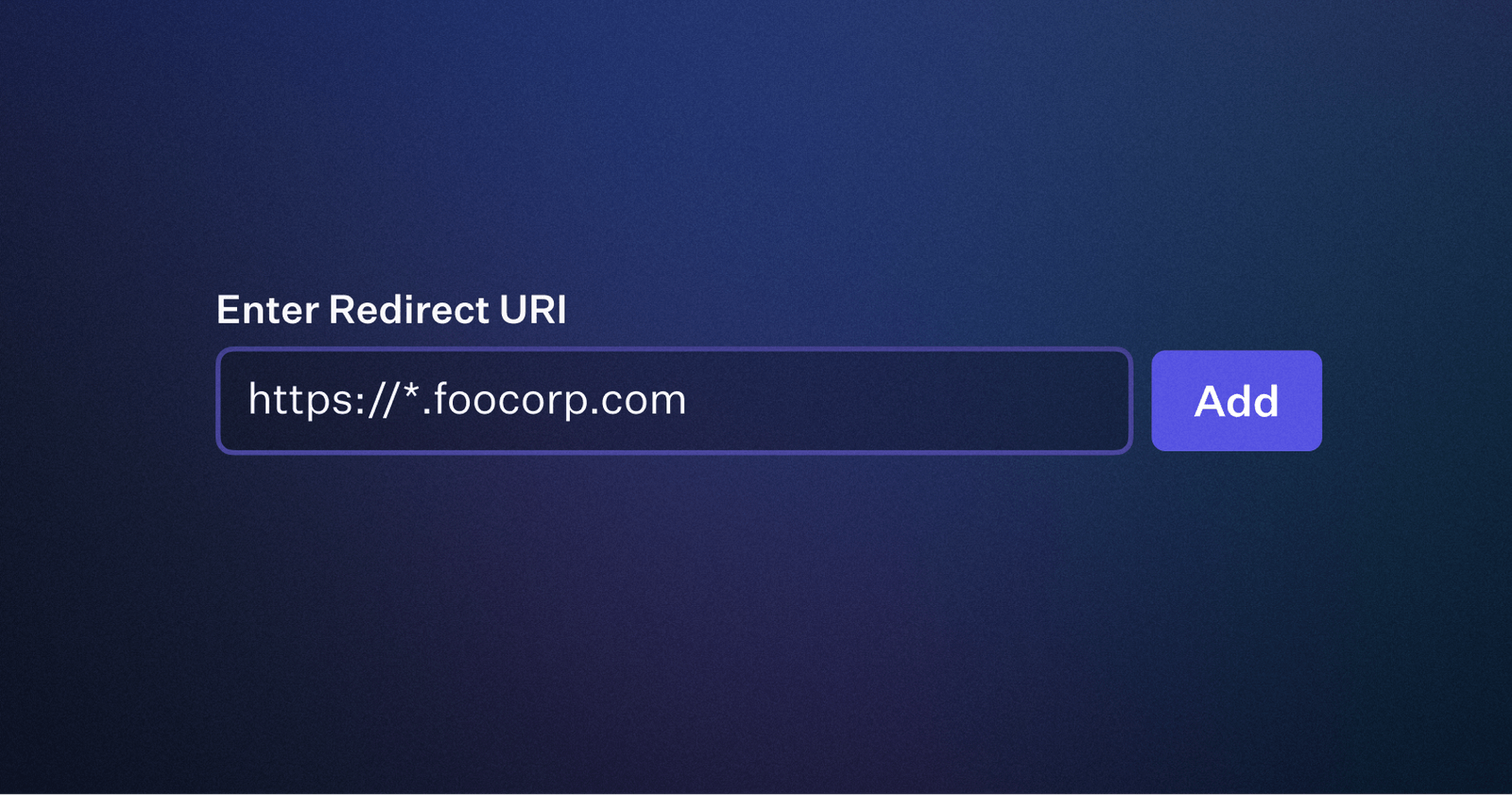June Updates
New this month: Custom CSS for AuthKit, WorkOS Feature Flags, CLI Auth, & more
New this month: Custom CSS for AuthKit, WorkOS Feature Flags, CLI Auth, & more
Click below to watch the Summer Launch Week recap video:

Custom CSS for AuthKit

You can now fully customize AuthKit with your own CSS. Override default styles or start from an un-styled base for complete control. Customizations apply across all AuthKit pages including: sign-in, sign-up, SSO, 2FA, password reset, and organization selection.
See how to customize AuthKit →
WorkOS Feature Flags
.png)
Feature Flags are now available in WorkOS. Built specifically for B2B applications, use Feature Flags to easily create organization-specific rules and roll out new features faster, and safer. Best of all, Feature Flags are natively integrated into AuthKit and available for use with just a few clicks.
Get started with Feature Flags →
Supabase Integration with AuthKit

WorkOS AuthKit can now be used as a 3rd party Auth provider in Supabase. When configured, Supabase will validate WorkOS session tokens in the same way it accepts Supabase Auth JWTs.
Follow the Supabase integration guide →
AuthKit Add-ons

It’s now easier for developers to connect AuthKit with other tools in their stack, starting with Google Analytics and Segment. These new Add-ons provide real-time visibility into every step of the authentication journey by sending AuthKit events, such as sign-ups, sign-ins, and password resets, directly to external services.
The Google Analytics and Segment Add-ons are available now on the Authentication tab of the WorkOS Dashboard.
Learn how to configure Add-ons →
CLI Auth

AuthKit now supports seamless authentication for command-line interface (CLI) applications using the OAuth 2.0 Device Authorization Grant Flow. This enables your users to securely authenticate CLI applications using the same trusted AuthKit experience they are familiar with from your web app.
Set up CLI authentication with AuthKit →
Use wildcards in Redirect URIs for production environments

You can now set wildcards in redirect URIs for production environments.
Previously, wildcards were only allowed in non-production environments. In order to avoid introducing vulnerabilities due to open redirects, there are some restrictions on wildcard usage.
Read the redirect URI wildcard rules →
More featured content